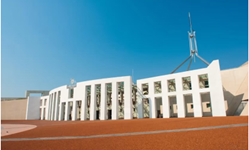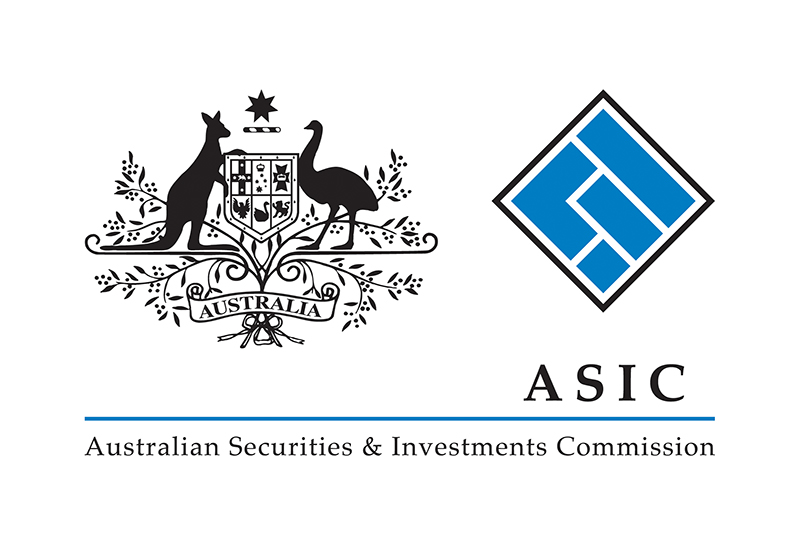Despite expectations by about half the money market, the Reserve Bank of Australia (RBA) has held the official cash rate at 1.5%. By now, we all know that, but … why is it so?
Well, history shows that the RBA rarely moves during an election campaign, so perhaps that's partly it, but there are other influences at play – including the unemployment rate, which a Moody's Analytics economist has said would need to "consistently head higher" before the RBA makes a monetary policy adjustment.
That said, a number of factors are now swirling that make the case for a cut in coming months – with many predicting that cut to come by August. A significant indicator to watch is inflation. As the pressure of inflation and wages not growing builds, the door opens for future rate cuts – especially in light of the RBA's reduced inflation target forecast from 2% to 1.75%.
This reduced target depends on improvement in the labour market so it's felt that the RBA is now focussing more on the labour/employment/wages market in its decision making on interest rates. The model in the past has been that there's a link between the unemployment rate falling and a tightening labour market putting upward pressure on wages – leading to growth. But, in this changing environment, does this still hold true? Some commentators believe this line of thinking is under threat.
Currently, inflation expectations generally seem to have come down, so businesses don't increase prices and employees don't claim as much on their wages. As well as this, productivity is low. So, there's been no pressure to raise wages.
A further complication is Technology. Technology now provides an opportunity for companies (employers) to substitute labour for capital and investment. There's a sense that workers are feeling threatened by this as well as increasing numbers in the workforce – so people don't seek pay increases.
Bill Evans – Westpac's chief economist – feels that August is likely to reveal another inflation forecast of just 1.5%. This combined with labour market softening (largely in cyclical markets such as construction) would force the RBA to cut rates.
As mentioned previously, it's felt there's minimal risk of rekindling the housing 'boom' due to the current tighter credit conditions (and borrower mortgage serviceability still being assessed on mortgage rates of at least 7%).
P.S. As Bill Evans explained recently on radio, our main shock absorber in a crisis in the past has been interest rates. He believes now however that should there be another financial crisis, this time around our shock absorber will be our currency rather than interest rates – Bill believes currency is the thing to watch.














